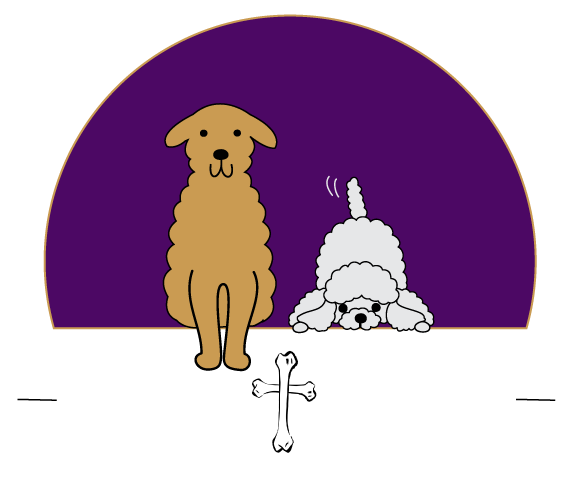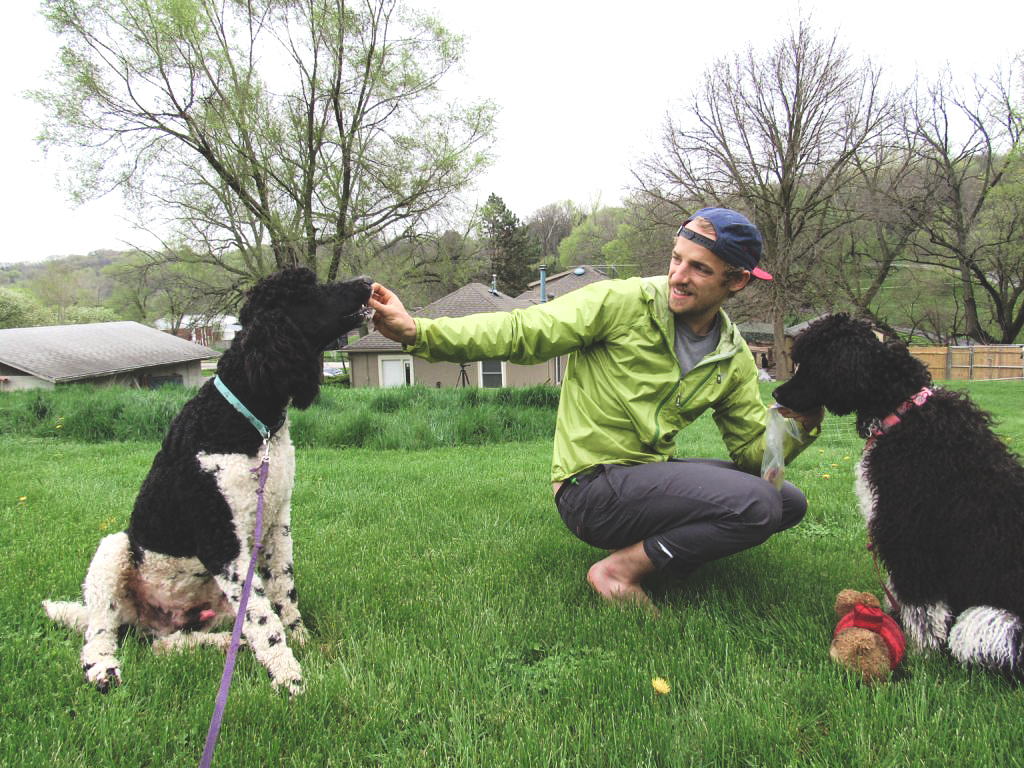Martin Goldstein is not only a veterinarian, but the author of two wonderful books on animals. I have only read the one, The Nature of Animal Healing, and am so impressed with his honesty and the commonsense he has for someone in his field. Unfortunately, this isn’t something you see everyday. His book is the kind you want to read twice. It’s that good. I’m not saying you will agree with everything he says, but he has allowed God to teach him along the way, and learned from what he has seen, rather than ignore it because it didn’t agree with what he was taught to believe in medical school.
One of the observations he made while in his practice was the alarming rise in diseases that at one time were only seen in old, dying dogs. These diseases included arthritis, kidney or liver failure, hyperthyroidism, and cancers. He says “these conditions seemed to be age-related, and slow-growing enough to be accepted. Of the cases I see now, many are young and don’t live past the age of five.”
He goes on to describe how these diseases are becoming common amongst our pets, as well as faster growing and more aggressive. As you read through his book, and others like them (Dr. Pitcairn’s, Dr. Don Hamilton’s, etc.) you will find they are linking the increase and severity of these diseases to pet vaccines and poor (or worse than poor), toxic pet foods sold to the consumer.
Dr. Goldstein believed it was obvious that there were so many dogs with these diseases because they are being exposed to, fed, and injected (vaccines) with a high level of toxins that “eventually mutate their genes, weakening successive generations.”
Raising holistic dogs myself, I find this to be absolutely true, and as an avid muscle-tester, I know it bears out in the testing too. When I go to a grocery store and test the packaged dog foods on the shelf I find they are pretty awful at best, and poisonous at worst. It’s rare that I find one “beneficial” for my dogs and I don’t even bother to check regular grocery stores as it’s a waste of time. So, I am testing at health food stores, where the animal food is supposed to be higher quality and more “healthy,” then the average stores have to offer.
One time, there was a testing experience I had at one of the major high-end grocery stores we shop at. I say “high-end” because its not your average grocery store. This store carries a lot of organic groceries, both produce and packaged foods. Typically, we don’t buy our red meat at a grocery store, because we get it from a farmer who raises his animals without chemicals, antibiotics or vaccines while also using homeopathics for their healthcare. Our dogs also eat that meat. This day, however, we were out of meat for the dogs while we waited for our next shipment to come in from the farm.
While at the store, I decided to purchase grass-fed organic ground beef for the dogs. Before doing that though, I thought about testing some of the cheaper meats (all raw) for the dogs. After all, they are dogs, and they would rather eat road-kill then processed people meat anyway. We’ve had dogs of one breed or another all of my 50 plus years, and they have all either hunted for live kill, or brought home dead road-kill, along with eating the kibble we provided them. We have watched them eat cats, squirrels, rabbits, mice, ground hogs, deer, you name it. One brought home a road-kill turkey and even drug home a deer carcass someone had left in the woods after a hunting trip. None of them got “sick” or “diseased” from eating these things either. So, why buy the most expensive meat in the store?!
Using kinesiology, I started testing which pieces of meat were good for the dogs. I walked up and down the meat counter testing, then tested again. Surely this couldn’t be right. I was testing for dogs, not people I reminded myself. Then I did it again. As I stood there perplexed, I watched the people, dozens of them, hang over the meat counter as they choose their pieces of meat. Wow, if none, and I tested NONE, of the meat was even beneficial for my dogs, how could it possibly be good for people?
I discussed this with my husband, who reminded, the non-organic meats contain antibiotics, hormones, vaccines, pesticides, herbicides and GMO grains fed to the animals. I felt sick as I watched all of the people pick out their meat selections and put them in their grocery carts. They had no idea the meat they were buying, and paying a good price for, wasn’t good for them. Really, let’s be honest, it wasn’t even “safe” to consume. No wonder so many are diseased, look what they are eating! I picked up the more expensive organic meat for my dogs, reminding myself that, even for dogs, what is the point of feeding them a “food” (I hate to even call it that) that may contribute to sickness or disease? Its just going to cost more in the long-run, trying to get them well again after making them sick with this “food”. I paid for the real food and we went home.








